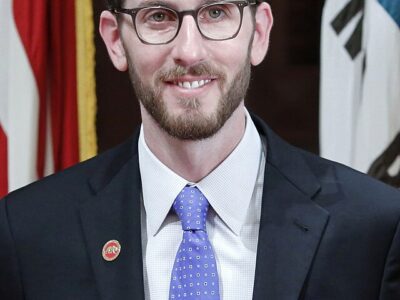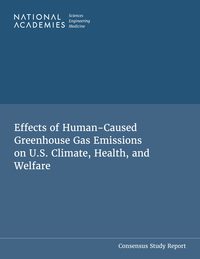The Aviation Endangerment Finding
While we are watching the political conventions, EPA took an important step forward
Last Monday, EPA issued a formal finding that carbon emissions from commercial aviation endanger human health and welfare. Understanding the significance of the finding requires a little background.
Section 231(a)(2) of the Clean Air Act directs the EPA Administrator to “issue proposed emission standards applicable to the emission of any air pollutant from any class or classes of aircraft engines which in his judgment causes, or contributes to, air pollution which may reasonably be anticipated to endanger public health or welfare.” (The EPA Administrator seems to be a woman more often than not these days, so the pronoun could use some updating). That language may look familiar, because roughly the same endangerment language pops up repeatedly in the statute. In fact, EPA has already made a similar finding for emissions from motor vehicles.
U.S. aviation emissions are certainly large enough to be worth regulating. EPA noted that aviation emissions are the largest category of as-yet unregulated emissions. U.S. aircraft emit: 12 % of GHG transportation emissions and 29% of all global aircraft GHG emissions. Nevertheless, EPA is not planning to move forward right away with regulations. Instead, the endangerment finding is intended to set the stage for later regulations when the International Civil Aviation Organization (ICAO) adopts international standards for airplane emissions. In February, an ICAO expert group unanimously recommended emissions standards for new planes.
Getting the ICAO to this point has been a fraught process. The EU caused an international uproar when it announced that it was going to include emissions from international flights in its emissions trading system, if those flights begin or end in the EU. Rejecting claims that this was an extraterritorial regulation that violated international law, the European Court of Justice upheld the legality of this measure. Furious negotiations ensured, the upshot of which is that the ICAO finally seemed to realize that it needed to address the problem.
EPA’s endangerment finding will increase the pressure on the ICAO to act. Under section 231, EPA cannot wait forever. Once it makes an endangerment finding, it has a nondiscretionary duty to regulate, under the plain language of the statute. The Administrative Procedure Act allows agencies to be sued for “unreasonable delay” in taking action. Agencies have a good deal of discretion over the timing of their actions, but eventually a court could force it to issue regulations even if the ICAO has stalled. Combined with the threat of EU action, this should be enough to overcome the ICAO’s inertia and finally do something.







Reader Comments